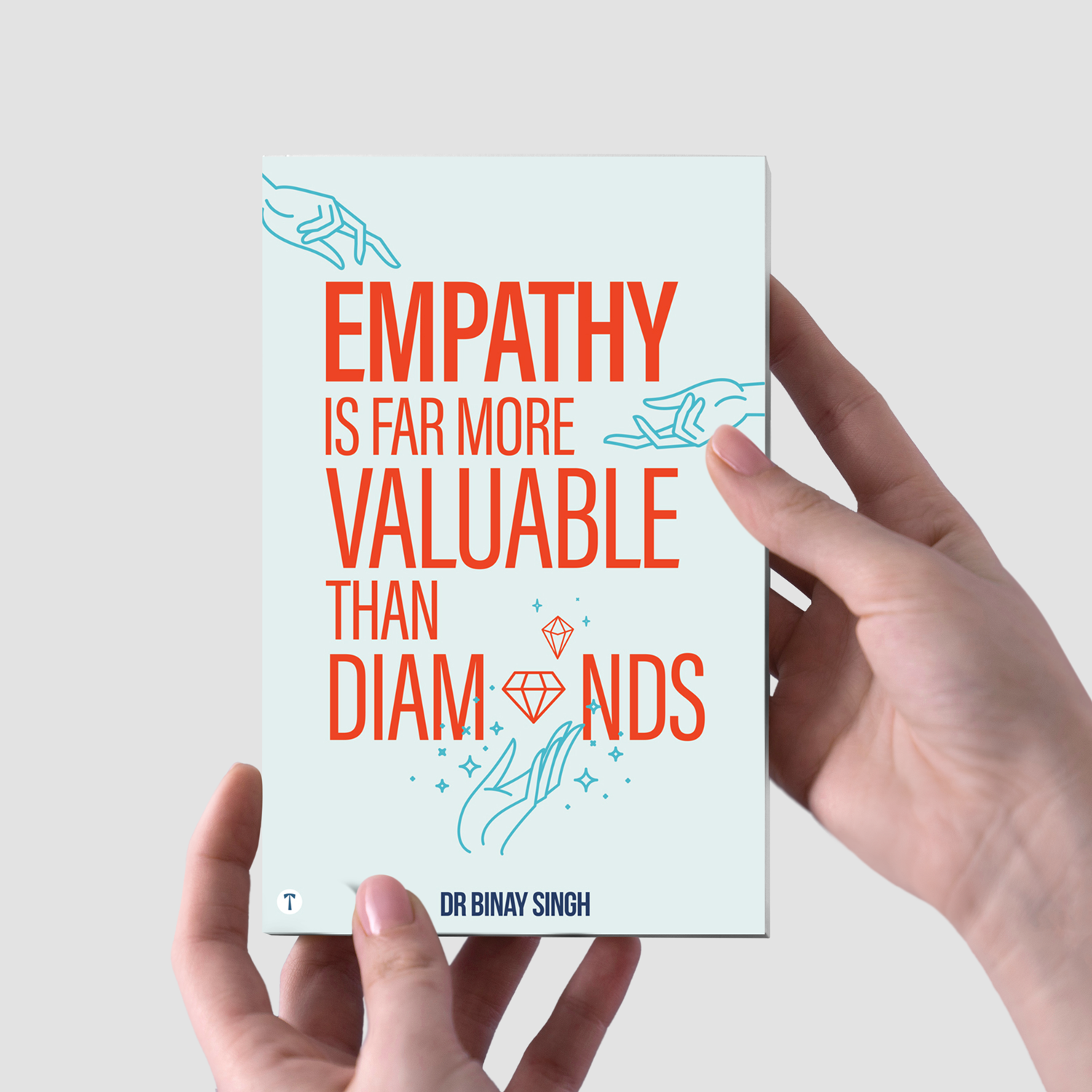Image from shutterstock.com
Empathy is not an all-encompassing term that describes every person’s reaction to every situation. Instead it is an overarching ‘parent’ with multiple children that each describe different parameters within that construct that define specific stimuli and responses.
Not all types of empathy look the same or feel the same; just like not all forms of sadness, happiness, or anger look the same. Our emotions can be a jumbled mess. Sometimes we cry when we are happy; sometimes we laugh when things seem the worst. Being able to discern between emotional reactions clears the way for appropriate responses.
Three main types of empathy as defined by psychologists around the world are:
Cognitive Empathy
As the name suggests, cognitive empathy involves understanding a person’s thoughts and intellect.
Emotional Empathy
Emotional empathy is probably the easiest of the main three classifications to understand and it quite literally means feeling the emotions that someone else is feeling.
Compassionate Empathy
Compassionate empathy not only lets other people know we care but motivates us to help their situation improve. It activates stimuli that deal with intellect, emotion, and action, and considers the whole person, not just their motivations (cognitive empathy) or feelings (emotional empathy).
In recent years, psychologists and researchers have propagated the empathy field with five more sub-types, each of which is a more ‘specialized’ version of one of the big three. These five include:
- Facial Empathy
- Psychological Empathy
- Projective Empathy
- Decentering
- Pity
In my book ‘Empathy Is Far More More Valuable Than Diamonds’, I have delved deep into the layers of behavior to find a structure which all of us can benefit from by inculcating within us Empathy as our guiding light.



